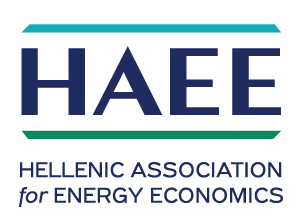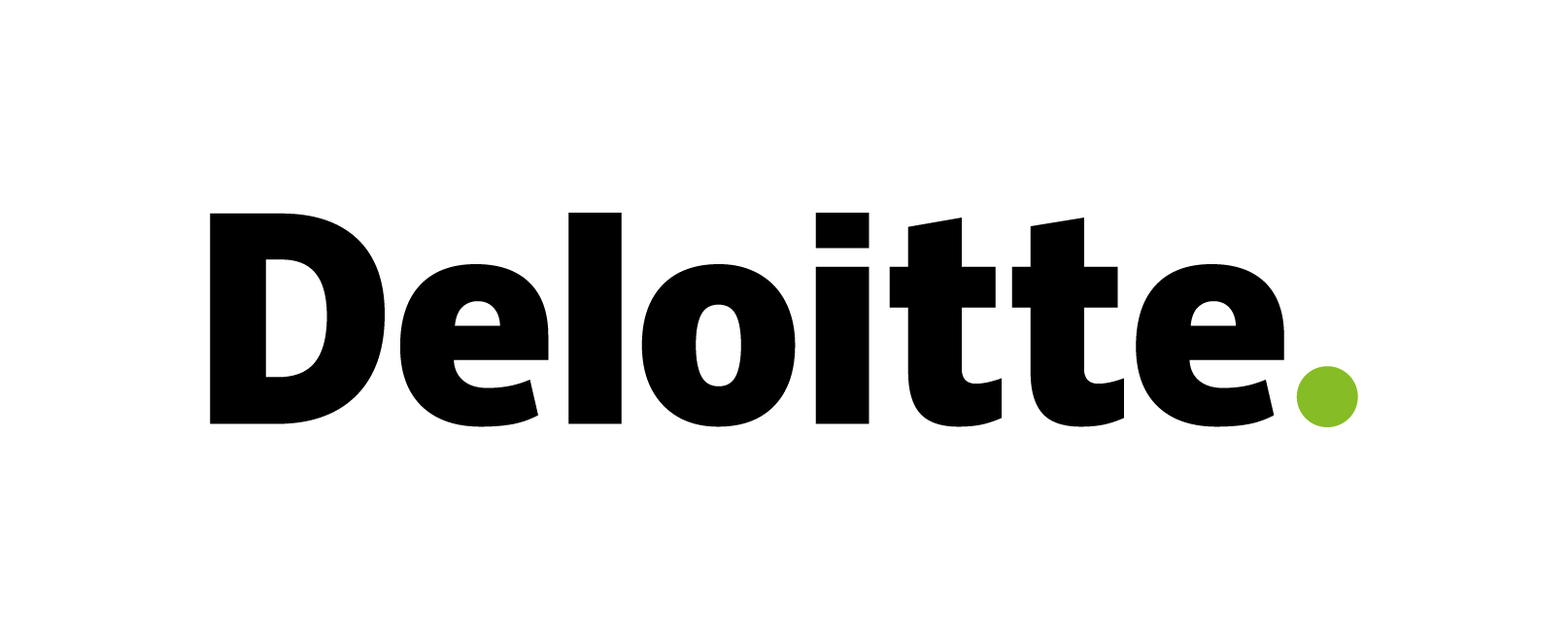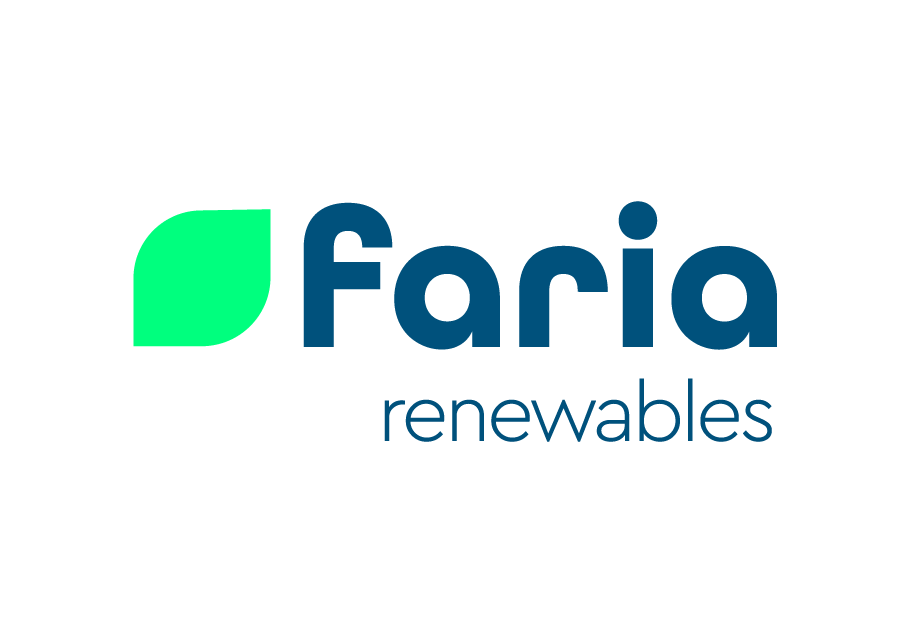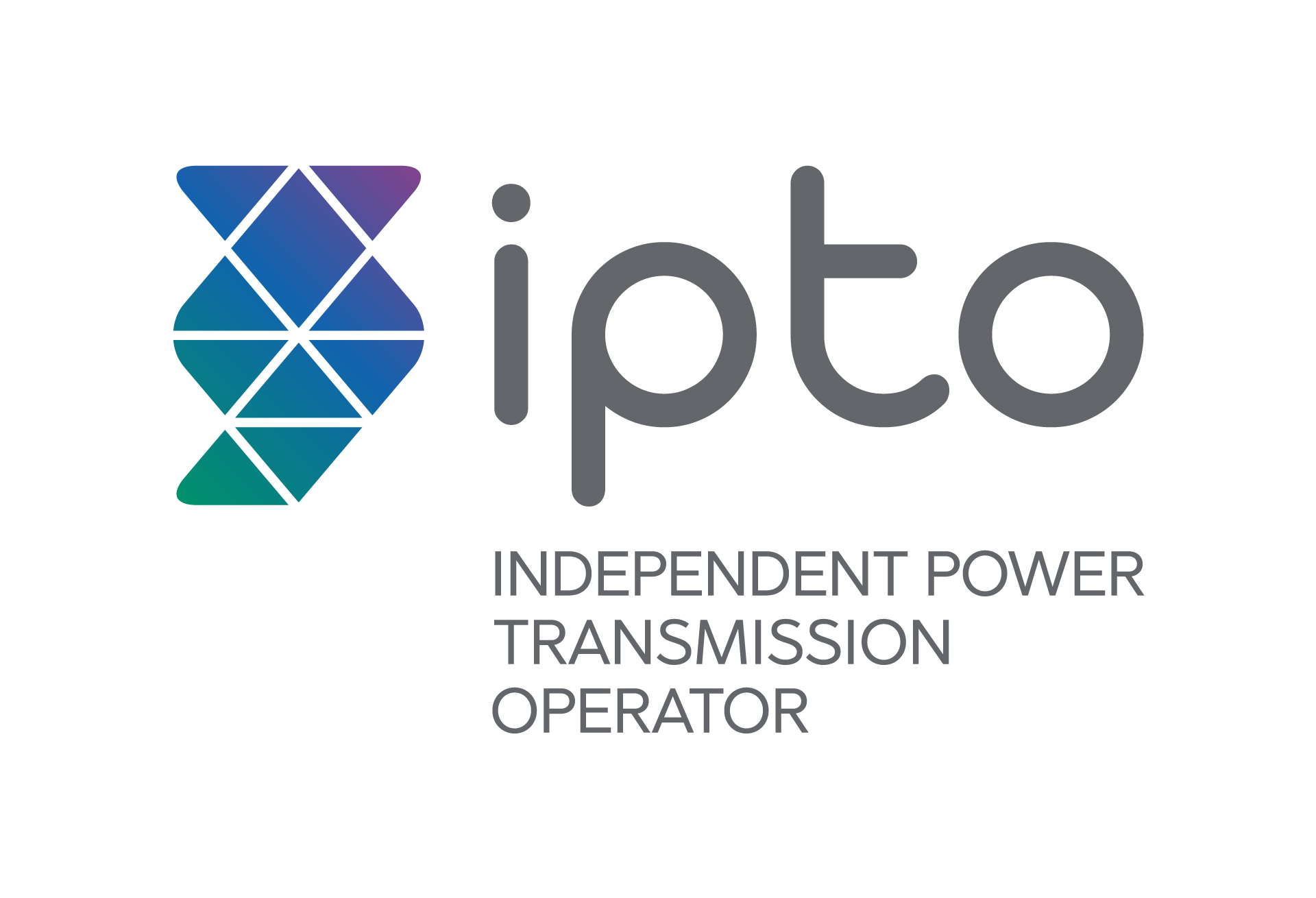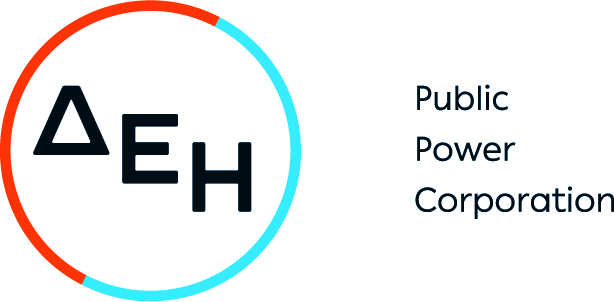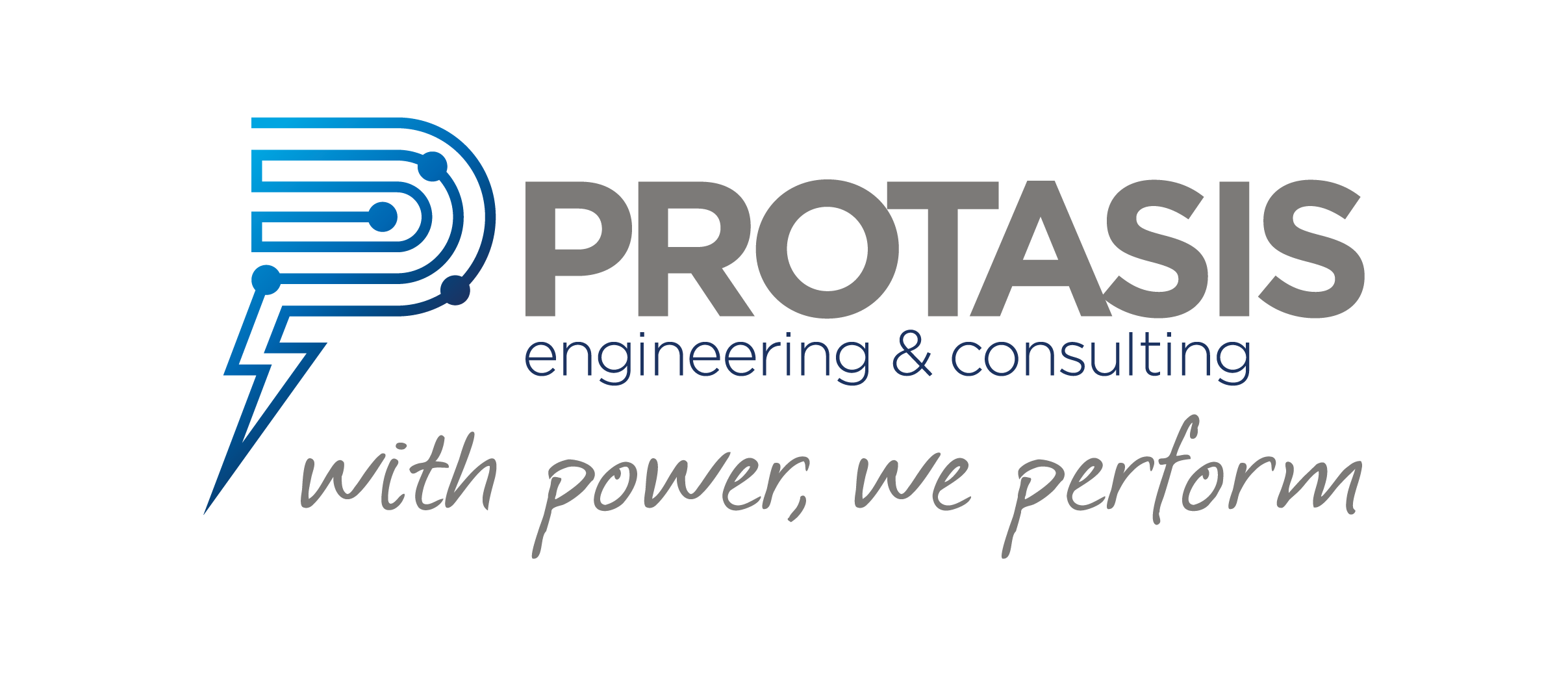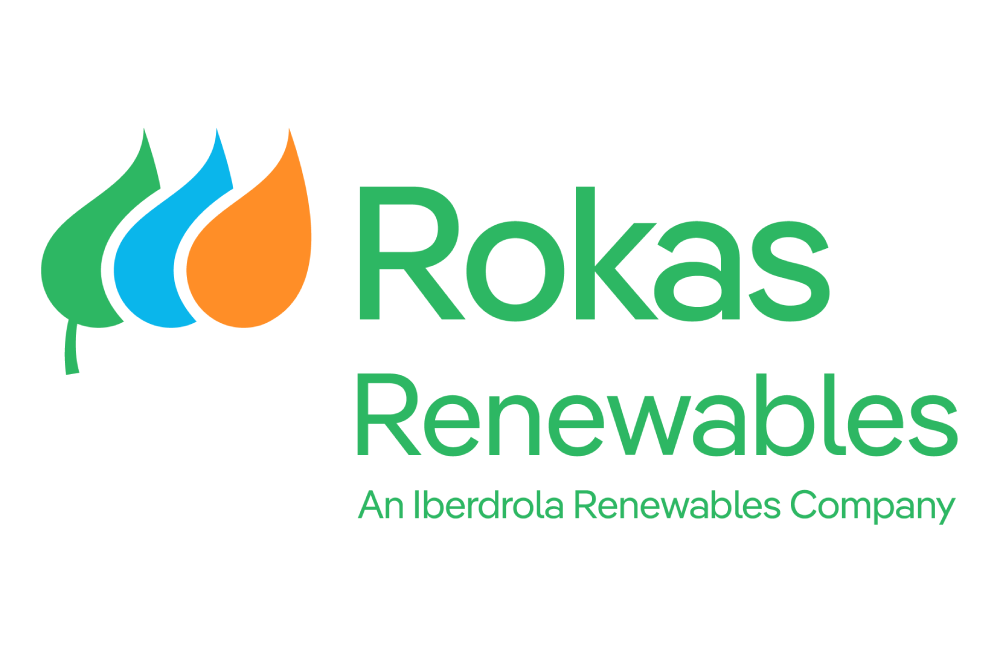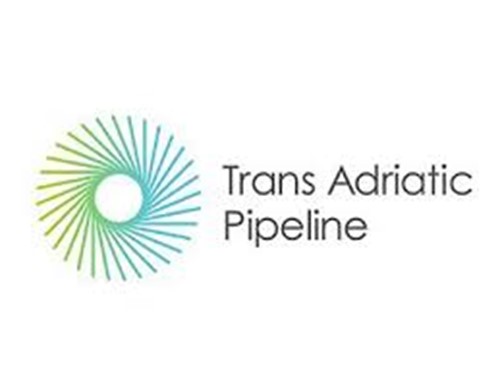Moving European Climate Policy from the ‘what’ to the ‘how’
"The lag in clean technology deployment, the challenges to energy security from a choppy geopolitical outlook, and climate backlash have led policymakers across the EU to rethink climate policy within the context of energy and economic security. While leaders have taken tangible steps to diversify the technology mix and expand planning time frames, they should focus and plan for three outcomes strategically – 24/7/365 clean electricity as the building block for systems decarbonisation, progressing industrial decarbonisation through additional technology availability, and decarbonising transport – all while rigorously planning for climate infrastructure.
Climate action is inherently complex. The current age of uncertainty – geopolitically, economically, and politically – amplifies its complexity. Thus, the ‘what’ and ‘how’ of climate policy design require a risk-aware approach. The ‘what’ means underpinning our climate ambition with a diversified portfolio of solutions in case any of them flounder or fail. The ‘how’ means to increase the chances of delivering on climate ambition by better understanding and evaluating the potential impacts of risks – deployment speed, supply chains, and geopolitical factors, to name a few – and proactively planning for them. The better we understand the kind and scope of infrastructure required for decarbonisation, the more efficiently we can plan for its implementation.
In February 2024, European policymakers at both the EU and member state levels took positive steps to diversify the technology mix. In its 2040 targets communication, the European Commission expanded the solutions set it endorses. This follows crucial resolutions that the European Parliament recently passed on small modular reactors as well as on geothermal energy. The European Commission also launched a European Industrial Alliance on Small Modular Reactors aimed at accelerating the demonstration, development and deployment of the first SMR projects in Europe in the early 2030's. The EU and Germany also presented their inaugeral strategies to manage CO2 emissions via carbon capture and storage technologies. Used to their full potential, the National Energy and Climate plans, which are currently under revision, offer a deft planning tool for governments to sketch out both the ‘what’ and the ‘how’.
So where do we go from here?
First, Europe needs ample, land-efficient and cost-effective 24/7/365 clean electricity as the foundational building block for electrification, industrial decarbonisation, and hydrogen production.
Europe is expected to face a clean-firm power gap of more than 100 GW by the mid-2030s. In addition to continued renewable deployment, clean-firm power such as carbon capture and storage on power generation and nuclear fission need to be deployed at scale. To be able to unlock the full potential of nuclear energy, and help commercialise the next generation of climate technology, the EU needs to put in place conducive policies that will facilitate access to funding, modernise licensing and permitting for nuclear projects, harmonise licensing across the Union, and incentivise the development of advanced reactors. Visionary technologies such as fusion energy, and advanced geothermal such as superhot rock energy, need to move further through the research and development stages. Policymakers should create speedy innovation, development and deployment pathways, along with coherent and streamlined policy frameworks.
Second, industrial decarbonisation needs to be enabled through additional levers.
Industrial decarbonisation is extremely challenging and asset-based, often requiring bespoke solutions and approaches depending on the facility. Clean electricity and efficiency are key, but additional levers are needed.
One such lever is the commercialisation of carbon capture and storage via an effective combination of regulatory measures and financial incentives. Among other measures, with clear deployment targets now laid out, Europe needs a strategic plan for locating storage sites in optimal locations across the continent, and a dedicated regulatory framework and network standards for CO2 transport. European policymakers must optimise source-sink matching via dedicated regional platforms and address the funding gap for capture plants in key sectors by coordinating existing funding and establishing a dedicated tender for capture projects. Furthermore, decisions on where CCS should be deployed should be made on a facility-level basis, as its suitability is very much location-dependent.
Another lever is clean hydrogen, as some hard-to-abate industrial sectors (including steel production, oil refining and petrochemicals) are unlikely to eliminate all emissions without using clean hydrogen as a feedstock and/or a fuel. Thus, policy must support all clean hydrogen production pathways, allocating funding and other benefits on the basis of rigorous lifecycle emission reduction, cost and scalability merits, not arbitrary colour denominations, and backed by appropriate certification. However, as clean hydrogen requires large amounts of energy to be produced, it should be considered a precious resource, used only in sectors with no other viable decarbonisation pathways, particularly those sectors already producing and consuming carbon-intensive hydrogen today. All policy initiatives should therefore prioritise clean hydrogen deployment in these ‘no-regrets’ sectors.
Third, as the only sector in the EU where greenhouse gas emissions are still growing, policymakers must pay particular attention to decarbonising transportation.
Legislative and other initiatives as part of the European Green Deal are expected to make a dent in these emissions. However, a further push is required to decarbonise transportation by mid-century, both on European roads as well as in global sectors like shipping and aviation. The shift to more climate-neutral modes of propulsion promises improved air quality and reduced health risks for Europeans. To decarbonise transportation, policy must incentivise a massive increase in the production and uptake of electricity and zero-carbon fuels like hydrogen and ammonia. Policy must then provide compelling incentives that will entice both producers and buyers to switch from conventional to climate-aligned modes of transport and bring down the cost of doing so. In parallel, the shift to new modes of propulsion depends on the availability of a fit-for-purpose and comprehensive Europe-wide infrastructure network.
For these outcomes to occur, policymakers must not neglect the importance of planning if Europe is to reach climate neutrality. The right infrastructure has to be permitted, built, timed and sequenced successfully and at an enormous scale for total system decarbonization in less than three decades. The revisions of the NECPs offer an excellent planning tool to sketch out both the. But beyond 2030, the path to climate neutrality is barely sketched out, an issue at the heart of what CATF considers Europe’s “planning gap" which, left unaddressed, might jeopardize climate action altogether. In December 2023, the Commission assessed draft NECPs and concluded that they are not yet sufficient to reduce greenhouse gas emissions in line with the Union’s objectives. Real emissions reductions require moving from the ‘what’ and the ‘how’ with steel in the ground. "
-------------------------------------------------------------------------------------------------------
*Lee Beck is Senior Director in Europe and the Middle East, Clean Air Task Force
Disclaimer: "The contents of this article are the author's sole responsibility. They do not necessarily represent the views of the Hellenic Association for Energy Economics or any of its Members".
